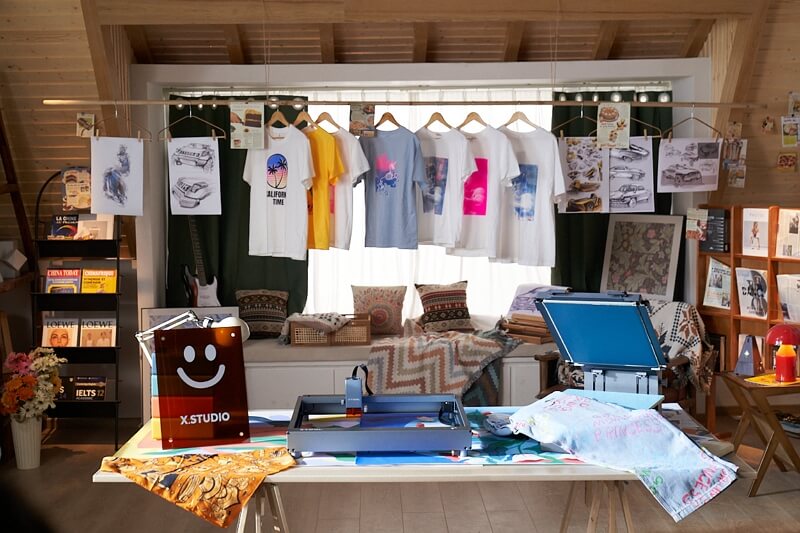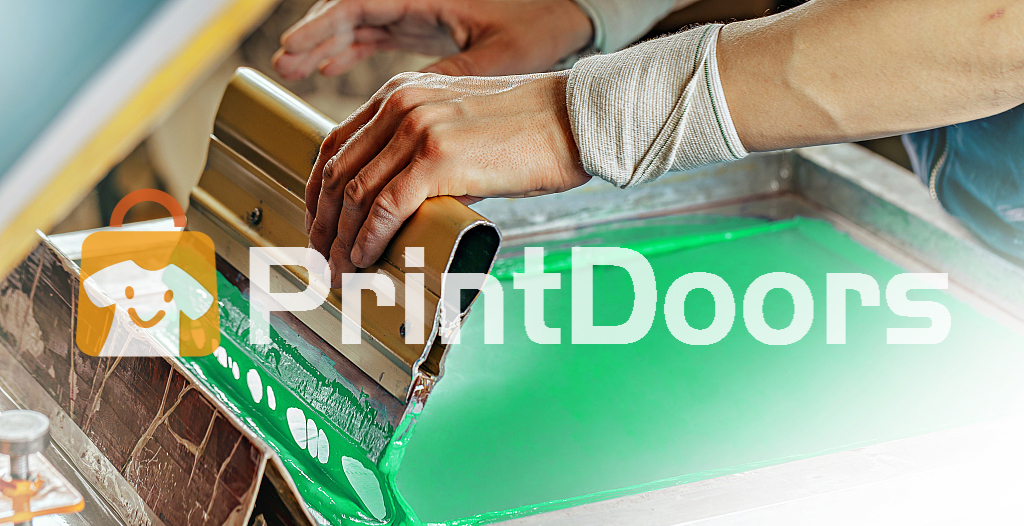Not known Facts About Tx Tees
Table of ContentsWhat Does Tx Tees Do?The Ultimate Guide To Tx TeesOur Tx Tees PDFsNot known Incorrect Statements About Tx Tees The 45-Second Trick For Tx TeesThe Buzz on Tx TeesGet This Report on Tx Tees
That brings your total amount to roughly $1,900 before tax and shipping. Build up other expenses, like the number of utilities it takes to run the shop and the expense of ink and solution per style. custom cap printing. Take the print below for instance. This is a one-color image, so the expense of ink per t-shirt is approximately 20 cents.The solution must only be a couple of cents considering that you 'd just need to layer one display for this job. How much should you bill per shirt to make a profit? Typically, printers attempt to make up to 45% earnings on a print task. Here's a table to aid you identify that: complete expense per item percent of preferred earnings as a decimal (example:.25 or.45) earnings made per product per task Currently allowed's discuss the success of DTF.

With DTF, you can print a handful of tee shirts, or simply one. Both screen printing and DTF have their niches in the globe.
Our Tx Tees Ideas
The very best method to understand? Ask about and see what printing shop like yours are doing. t-shirt printing. Try both out and see which you like far better
When you're picking what sort of printing method to utilize for publishing your artwork designs on your garments, it's important that you recognize the differences in between these 2 techniques so you can make the most of results while reducing costs. Display printing is one of the most generally made use of method for printing styles on fabrics.
DTG printing is also recognized as area or direct to garment printing due to the fact that it prints just what is needed rather of making a display as display printers do. https://www.openstreetmap.org/user/TX%20Tees. Display printing works by display filler squeegee screen printing ink screen mesh screen, then moving the photo to garment using heat and/or stress
The DTG printer uses unique dye-sublimation inks that are applied into a pre-designed picture by an electronic printing system. The inks enter into the material, permitting lively shades and extraordinary information. It's likewise called area or straight to garment printing because it publishes just what is needed rather of making a display as screen printers do.
The 6-Second Trick For Tx Tees
It's much quicker - you can publish a fullcolor image in mins, as opposed to hours for screen printing. Second, there's no set up time or prices involved - you can print any style you like, without having to produce a screen. Third, there's no waste - due to the fact that display printers screen print one design at a time, they have to screen each shade separately.
The paper is very expensive and can only be made use of once. Once it's published on, it has to be discarded. - The preliminary acquisition rate is lower than the in advance investment of DTG printers- You can publish multi-color designs one screen at once as opposed to needing to print each shade separately like DTG printing.

Some Known Details About Tx Tees
Rather of using display mesh as screen printers do, color sublimation printers utilize laser modern technology to transfer your pictures onto garments or paper. A warmth process moves the dye from its solid-state straight into the gas phase which in turn integrates it onto textile substrates when they are rapidly warmed to high temperature levels under high pressure.
Sublimation printing is environmentally friendly. It utilizes less water than screenprinting, and since it doesn't include making use of dangerous solvents, it's safe for all types of garments. The color sublimation inks are also unsmelling when treated, unlike display printers that use dangerous chemicals during the display printing process that leave behind an unpleasant odor.
They additionally conserve cash on pricey tools like direct exposure devices since dye sublimation printers don't need a UV direct exposure device or a flash cure oven that is generally made use of in screen printing (custom cap printing). What is straight to garment printing (DTG Printing)? DTG printing is an electronic screenprinting procedure that publishes directly onto fabric utilizing specialized inkjet printers
Tx Tees - Truths
DTG printing uses many benefits over typical screenprinting, consisting of the ability to publish photographic high quality images, higher shade vibrancy, and the ability to print styles on darker materials. DTG printers function by heating the textile ink till it turns right into a gas. The gas after that permeates the material, bonding with the fibers to develop a long-term print.

Display printers merely prepare their display then begin publishing until they lack item or ink.- There is a variety of skilled display printers throughout the world, which can be helpful for novices. - It's a slower procedure - screen printers frequently need to await the ink to completely dry before they can print the following color- Display printers need manual work, so there's a higher learning contour and it takes longer to produce a premium design- Screen printing isn't as exact as DTG printing, so you may get some "blood loss" of colors from one part of the photo onto an additional otherwise done effectively.
Fascination About Tx Tees
Instead of utilizing screen mesh as display printers do, color sublimation printers make use of laser modern technology to transfer your pictures onto garments or paper. A heat procedure moves the dye from its solid-state straight into the gas stage which consequently merges it onto textile substrates when they are swiftly heated to high temperatures under high pressure.
Sublimation printing is environment-friendly. It uses much less water than screenprinting, and due to the fact that it doesn't include using dangerous solvents, it's risk-free for all sorts of garments. The dye sublimation inks are also odor-free when treated, unlike display printers that use hazardous chemicals during the display printing procedure that leave an undesirable smell.
They additionally save money on pricey equipment like direct exposure devices considering that dye sublimation printers do not need a UV exposure device or a flash cure stove that is commonly utilized in display printing. What is straight to garment printing (DTG Printing)? DTG printing is a digital screenprinting procedure that prints directly onto textile utilizing specialized inkjet printers.
How Tx Tees can Save You Time, Stress, and Money.
DTG printing supplies numerous advantages over traditional screenprinting, including the capability to print photo top quality images, better shade vibrancy, read the full info here and the capacity to publish styles on darker textiles. DTG printers work by heating the fabric ink until it transforms into a gas. The gas after that penetrates the textile, bonding with the fibers to produce a permanent print.